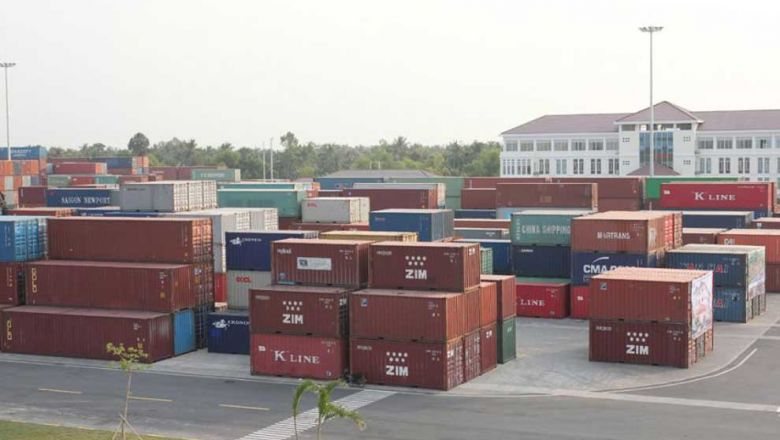GDP growth forecast 4.0%: World Bank
GDP growth forecast 4.0%: World Bank
World Bank on June 17 projected Cambodia’s economic growth to accelerate to 4.0 per cent this year after contracting 3.1 per cent in 2020, thanks to a fast rollout of Covid-19 vaccines and the revitalisation of global demand.

However, the Washington-based multilateral lender also offers a downside scenario, in which the jab drive loses too much steam and is accompanied by frequent, prolonged and nationwide lockdowns. Under this scenario, the economy is projected to grow by just 1.0 per cent in 2021, it said.
In its latest Economic Update for Cambodia entitled Road to Recovery launched at a virtual press conference, the World Bank cautioned that recovery in the Kingdom remains uneven and volatile, due in part to a lockdown imposed to control the spread of Covid-19.
“Cambodia’s growth outlook remains highly uncertain, with the shape and pace of recovery largely dependent on the course of the virus and the speed at which vaccines can be rolled out,” it said.
World Bank senior economist for Cambodia Ly Sodeth told the press conference that goods exports have adapted, growing by 12.2 per cent year-on-year during January-April, or 31.8 per cent year-on-year in April alone, as external demand improved.
He said a contraction in exports of garments, footwear and travel goods (GFT) was “partly offset by rising electrical/vehicle parts and bicycles, agricultural, and other exports, boosted in part by the Cambodia-China Free Trade Agreement [CCFTA]”.
The CCFTA was signed on October 12, allowing the Kingdom to export a wide range of goods to the Asian juggernaut at a zero per cent tariff rate.
According to Sodeth, garments accounted for 45.6 per cent of total goods export value in the first four months of this year, down from 52.2 per cent last year and 57.6 per cent in 2019.
He said the US was the largest market for Cambodian GFT products, buying up $3.5 billion in 2020 (surging by 3.6 per cent year-on-year), which accounts for 36.7 per cent of total GFT exports last year.
In contrast, GFT shipments to the EU market fell significantly, contracting by 35 per cent year-on-year, to $2.6 billion in 2020, accounting for 27.5 per cent of total GFT exports, he added.
He said wholesale and retail businesses managed to slowly recover, supported by a gradual revival in domestic consumption. “This helps as consumption expenditure accounts for more than two-thirds of GDP [gross domestic product]”.
However, he said, the rate of contraction in imports of consumer and durable goods – except foodstuffs, moderated in the first four months of this year as market confidence improved.
World Bank country manager for Cambodia Inguna Dobraja said: “Like many countries in the region, Cambodia has been hit hard by the global demand shock brought on by Covid-19. But the good news is that Cambodia has now vaccinated more than three million people, one of the highest rates in the region.
“The World Bank is working with Cambodia to provide further support to combat the pandemic and help the country’s resilient economic and social recovery.”
The Cambodian government is set to vaccinate more than 1.2 million people in five additional provinces after finishing up in Phnom Penh and neighbouring Kandal province.
On June 14, the Kingdom reached a significant milestone, having inoculated three million people against SARS-CoV-2, or 30 per cent of the 10 million target for this year or early 2022.
An additional 4.5 million doses of Covid-19 vaccines are expected to arrive in June along with another batch a month later.
The World Bank recommends that the Kingdom take immediate steps to shore up market confidence by urgently accelerating its vaccination programme, while simultaneously continuing to take measures to contain infections.
“Given the country’s relatively wide fiscal space, the government can support relief, recovery, and growth by improving the business and investment climate, providing social assistance programmes, and boosting public investment and pro-poor growth.
“To maintain financial sector stability, it also important for the authorities to closely monitor vulnerabilities that can arise from a prolonged property boom and increased credit provided to the construction sector,” it said.













